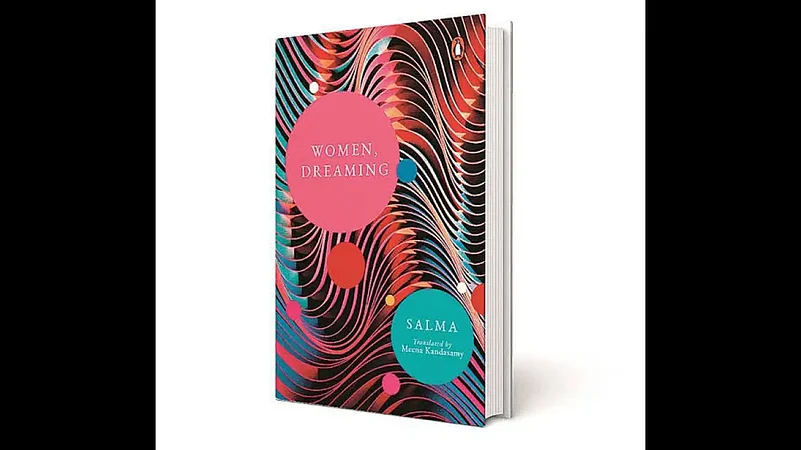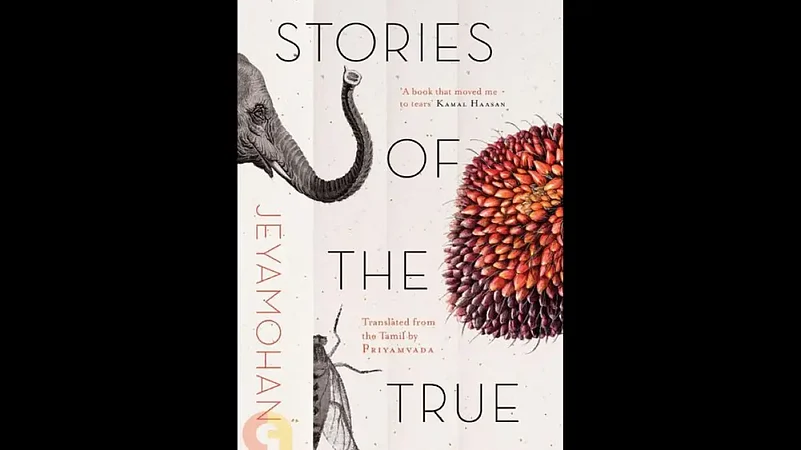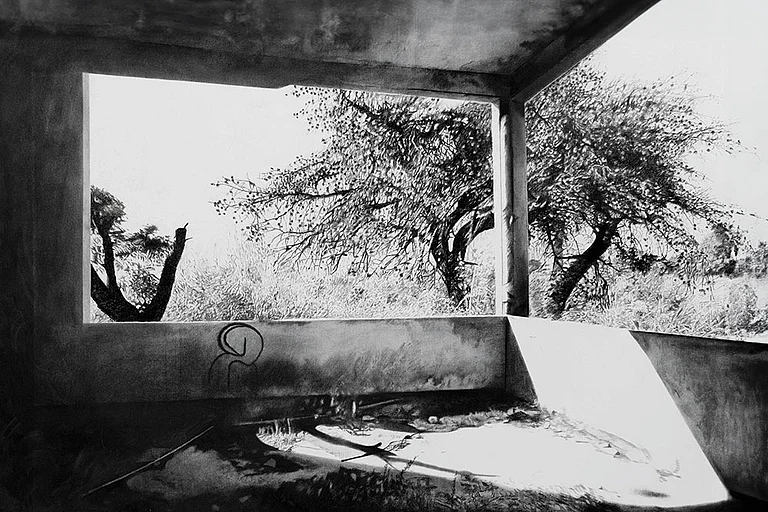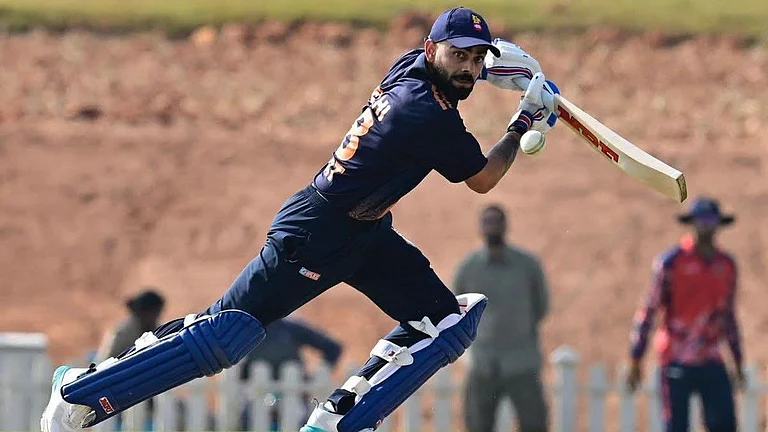The year was 1967. An anthology of Tamil poems, nearly two thousand years old, dropped into English in translation. A K Ramanujam, scholar, translator, and writer had released The Interior Landscape, the first translation into English of Tamil Sangam poetry. And thanks to Ramanujam, ancient Tamil poetry modern acquired an international reputation and Anglophone Indians learned to appreciate ancient Indian texts in a bashathat was at once global in tone and rooted in their culture.
Despite the quibble over what can be lost in translation, Tamil literature, pulp fiction, contemporary fiction and memoirs have found a new and growing audience in India and abroad with many translations finding welcoming readers.
It could be in the defiant and courageous translation of writer Meena Kandasamy of Tamil poetess Salma’s Women, Dreaming (2021) or Bama Faustina’s Karukku (2011) translated by Lakshmi Holmstrom which was hailed as the first Dalit female writer in India to write her autobiography; the rooted angst of Perumal Murugan, currently the darling of a high volume of translation of his Tamil novels into English, courting controversy and accolades simultaneously; the modern classic Karichan Kunju’s Hungry Humans (2022) and Jeyamohan’s, Stories of the True (2022) and many more but translations of Tamil works into English is increasing.

Kannan Sundaram, publisher of Kalachuvadu Pathipagam says that while Tamil works have been translated into English like those of Ambai by Lakshmi Holmstrom, the last two decades have seen a spurt in the number of translations from Tamil to English publishing in India.
Tamil literary works have always found a readership in Kerala with translations into Malayalam. English translations have seen a fillip with the support of publications houses like Katha and East-West led by Gautam Padmanabhan early on. The works of Tamil literary giants like Kalki, Sundara Ramaswamy, Asokamitran, Ki Rajanarayanan, Jeyakanthan have found a wider readership with translations. “Perumal Murugan has led the way in the number of his works translated into English from Tamil today”, says Sundaram. In recent years about 30 per cent of Tamil novels get translated into English.

Before the days of Ambai’s novels and short stories, the inner narratives of women have lent themselves to translation from Tamil to English. Padma Narayanan who has translated several Sahitya Academy-winning authors from Tamil to English says since the says of Saguna, the Life of a Native Christian and Kamala, the Story of a Hindu Life by Krupabai Satthianadhanset a trend in the late nineteenth century and this has been steadily evolving.
K N Subramanyam, C S Chellappa, Kalyana Raman and in recent years Aniruddhan Vasudevan, have been steadily contributing to the translation of Tamil works into English.
Anantha Padmanabhan, CEO of Harper Collins finds translations from Indian languages like Tamil to English are “a service to our readers”. He says the wealth and gems of novels, short stories, and poetry are often inaccessible to an English readership and “translations work to bridge this gap to bring world-class literature to a wider audience.”
Given that following the International Booker, Tomb of Sand has already reached the bestseller charts in India Udayan Mitra, executive publisher of Harper Collins says that translations are seen as a “separate – if distinguished-category of publishing”. He feels it is unfair in a country like India with its multiplicity of languages to relegate translated works to a niche. Translations “capture the vitality of lived life” and “to understand the India we live in better, we need to read more translations”, he says.
Perennial, started in 2017, from Harper Collins stable was the first imprint in India dedicated to translations that have published over 100 works of translations from various Indian languages into English. Besides Perennial,“Translations are an important part of our publishing under other imprints as well,” says Mitra.
Subramanian Shankar in his review of post-colonialism and translation says that the production of “vernacular knowledge” like Tamil is vital for transnational and cosmopolitan readers through translations.
Sundaram sees a lot of possibilities in the coming years with the encouragement following the buzz around d International Booker for Tomb of Sand. The time is also ripe for Tamil's vast repertoire of pulp and graphic fiction to be translated or make its way into OTT platforms.
The Tamil magazine culture which was popular before the days of television until the 1990s saw the emergence of many new modern Tamil writers and a variety of genres. From detective novellas and the cloudy world of whodunnits, racy cop and robber dramas, femme fatales and greasy villains, pulp fiction, social dramas, humorous series like Appuswamy and Seethapati (the Tamil’s own Lockhorns), the bumbling detective capers of Thupariyum Sambuand historical fictions had avid readers whose translations are ripe for picking for a new generation of Anglophone Tamils to get closer to their literary culture.

The modern Tamil classic, the epic Ponniyan Selvan which was translated to English, even found its way into a graphic novel form. It will be a few months before filmmaker Mani Ratnam’s magnum opus on Ponniyan Selvanhits the cinemas in autumn 2022.
Given that the Dravidian parties in Tamil Nadu have always placed a primacy on the Tamil language and culture, the Tamil Nadu Textbook & Educational Services Corporation (TNTESC)’s initiative to bring translations from Tamil and other languages into English for school students has been a unique programme. They have tied up with publishing houses like Penguin, HarperCollins, Niyogi and OUP (Oxford University Press) to give a fillip to translations of Tamil and other language literary works into English. “In mainstream trade publishing this could be the most unique collaboration between a state government and multinational publishing houses in India,’ says Padmanabhan.
Like a Ki Rajanarayanan’skarisalbhoomi (Black soil region of southern Tamil Nadu), the Kongu Nadu of Perumal Murugan, the Chennai chronicles of Sujatha, the interior landscapes of women across Tamil Nadu, poetry like Thirukural, Sangam era works like Kuruntogai, translations from Tamil to English “open you to a new culture, new people and new geographies," says Sundaram. And a whole new way to look at an ancient language and its people through the eyes of another.
(The author is the translator of Hungry Humans by Karichan Kunju, Penguin publications, 2022).

























